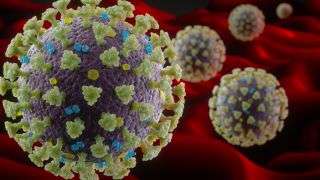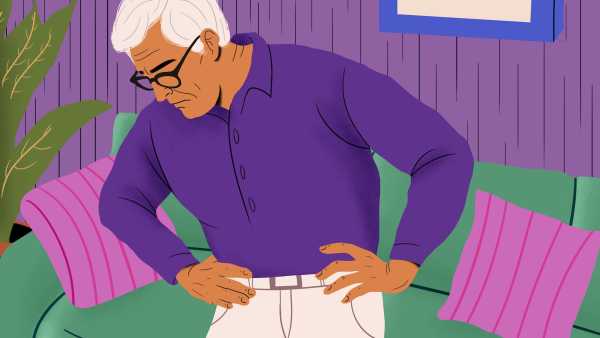
There could be more than 9,000 cases of coronavirus in the United States stemming from direct travel from Wuhan alone, new research finds.
The study, which is not yet peer reviewed, was posted on Sunday (March 8) on the preprint database MedRxiv. It should not be taken as a final word on how many coronavirus cases actually exist in the United States, because it focuses only on travel from Wuhan and does not include potential transmission from Italy, Iran, South Korea or other places where the new virus SARS-CoV-2 is widespread.
However, the study does illustrate how rapidly the disease can spread without effective measures to stop it and finds that even a small reduction in the transmission of the disease can make a big impact on the total number of infections. While unchecked spread from Wuhan travel would have led to 9,484 cases of coronavirus in the U.S. by March 1, the researchers found, even a 25% reduction in transmissibility would have dropped that number to 1,043.
Coronavirus basics
—What are the symptoms?
—How deadly is the new coronavirus?
—Is there a cure for COVID-19?
—How does it compare with seasonal flu?
—How does the coronavirus spread?
—Can people spread the coronavirus after they recover?
“The simple things that are being recommended to each and every one of us to do, such as hand hygiene and so on, can actually have a dramatic effect on the transmission of infection,” said study author Dr. Dermot McGovern, a gastroenterologist and genetics researcher at Cedars-Sinai Medical Center in Los Angeles.
Travel and transmission
McGovern and his colleagues work with large data sets and felt it was important to use those datasets to understand the spread of COVID-19, the disease caused by the SARS-CoV-2 virus. They took a conservative approach “to give a flavor of the numbers we could be talking about,” he told Live Science.
This meant looking at Wuhan alone, because the best data on the disease and travel came from that city, McGovern said. Wuhan instituted a lockdown on Jan. 23, shutting down travel within and out of the city, so McGovern and his colleagues focused on air travel between Wuhan and the U.S. before the lockdown. They used conservative estimates of the reproduction number of the virus, using the low end of 2.1 to 2.5 people infected per every case. They set the incubation period of the virus at six days, including two days of possible presymptomatic transmission. They estimated air traffic volume based on data from the U.S. Bureau of Transportation Statistics on direct flights from Wuhan to the two U.S. airports where Wuhan-originating flights land, San Francisco International Airport and John F. Kennedy International Airport in New York.
The most plausible scenario put the number of resulting infections in the United States at 9,484 by March 1, with up to 14,141 cases if the reproductive number were as high as 2.5. If public health steps such as hand-washing and screening travelers had reduced transmission by 25%, the number of infected by March 1 could have been as low as 1,013 cases.
Numbers in context
“Our data would suggest that if you extrapolate to those, then there are many other affected individuals in the U.S. already,” he said.
The undetected spread and uncertainty around coronavirus in the United States is not reason to throw up one’s hands (or stop washing them). Public health experts say that actions such as avoiding large gatherings, trading handshakes for waves, hand-washing and keeping hands away from your face can slow the spread of coronavirus, even in communities where it is already spreading person to person. These are the kinds of methods that could result in the reduction of transmission – and dramatically lower the number of cases – seen in the new modeling study.
“[W]hat many of us are concerned about is that cases might overwhelm our hospital capacity (or capacity for certain equipment, like ventilators),” said Tara C. Smith, an epidemiologist at Kent State University. “Even if the same number of people end up sick, if it’s over a prolonged period of time rather than all at once, we can better keep on top of those very serious cases and lower the number of deaths than if everyone is ill all at the same time.”
Originally published on Live Science.
OFFER: Save at least 53% with our latest magazine deal!
With impressive cutaway illustrations that show how things function, and mindblowing photography of the world’s most inspiring spectacles, How It Works represents the pinnacle of engaging, factual fun for a mainstream audience keen to keep up with the latest tech and the most impressive phenomena on the planet and beyond. Written and presented in a style that makes even the most complex subjects interesting and easy to understand, How It Works is enjoyed by readers of all ages.
Sourse: www.livescience.com





